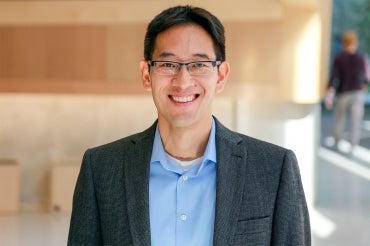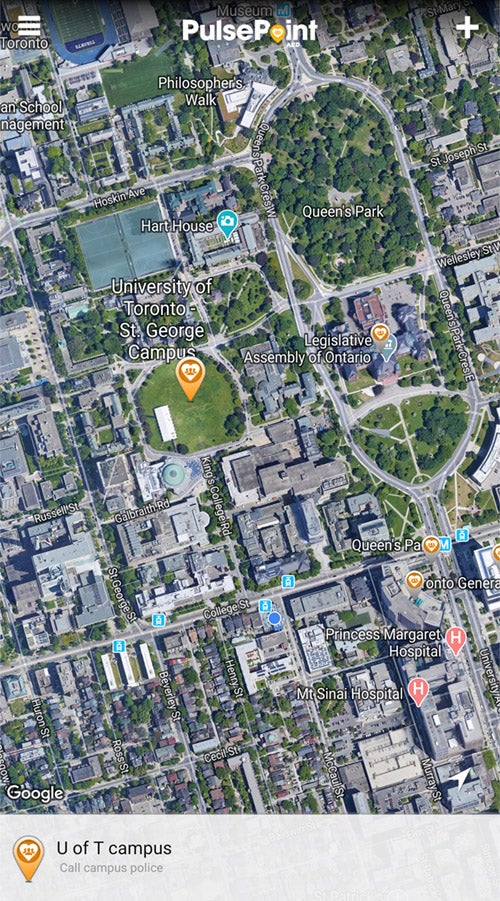U of T researcher leads push to map location of life-saving automated external defibrillators in GTA

Published: February 14, 2020
Automated external defibrillators, or AEDs, are one of the only things that can save a patient who is suffering cardiac arrest. But in an emergency situation, finding one can be a matter of luck.
“Knowing how many AEDs are out there is a universal challenge, since most jurisdictions don’t make AED registration mandatory,” says Timothy Chan, a professor in the department of mechanical and industrial engineering in the University of Toronto’s Faculty of Applied Science & Engineering.
Chan and his team have extensively studied AED distribution, including not only where they are located, but also when they are accessible. One of his collaborators in this work has been Dr. Paul Dorian, a researcher at St. Michael’s Hospital and a professor in U of T’s Faculty of Medicine who is spearheading a new initiative known as the GTA Heart Map Challenge.
 “There are likely more than 20,000 AEDs in the GTA, but only about 1,500 are currently registered,” says Dorian. “There are many reasons why so many AEDs are not registered, but the fact is that registering one is very easy to do. All you need is an accurate description of its precise location, the hours of access and a photograph.”
“There are likely more than 20,000 AEDs in the GTA, but only about 1,500 are currently registered,” says Dorian. “There are many reasons why so many AEDs are not registered, but the fact is that registering one is very easy to do. All you need is an accurate description of its precise location, the hours of access and a photograph.”
The challenge encourages volunteers to register as many AEDs as they can during the month of March 2020. The data will be turned into a public database available to everyone, from 911 dispatchers to the makers of navigation apps for smartphones.
The project partners include the Canadian Red Cross, Peel Paramedic Association, Peel EMS, Hearts in Rhythm Organization and the PulsePoint Foundation.
A grand prize of $5,000 will be awarded to the group or individual that finds the highest number of AEDs during the competition, with additional runner-up prizes available to anyone who finds at least 10 unmapped AEDS. Chan and his team are planning to analyse the results.
“Using this data, we may be able to pinpoint areas where there are lots of unregistered AEDs, which we previously identified as a cardiac arrest hotspot,” he says. “Instead of buying new ones and placing them there, we might focus efforts on getting those unregistered ones to be registered.”
There may also be an opportunity to expand the project beyond Toronto.
“Other cities, such as Philadelphia, have already run competitions similar to this,” says Chan. “If we can get data from several of them, maybe we can estimate globally how many unregistered AEDs there are.
“At the very least, this project will raise awareness about AEDs, and more specifically where they are in our local communities. That alone could save some lives.”



